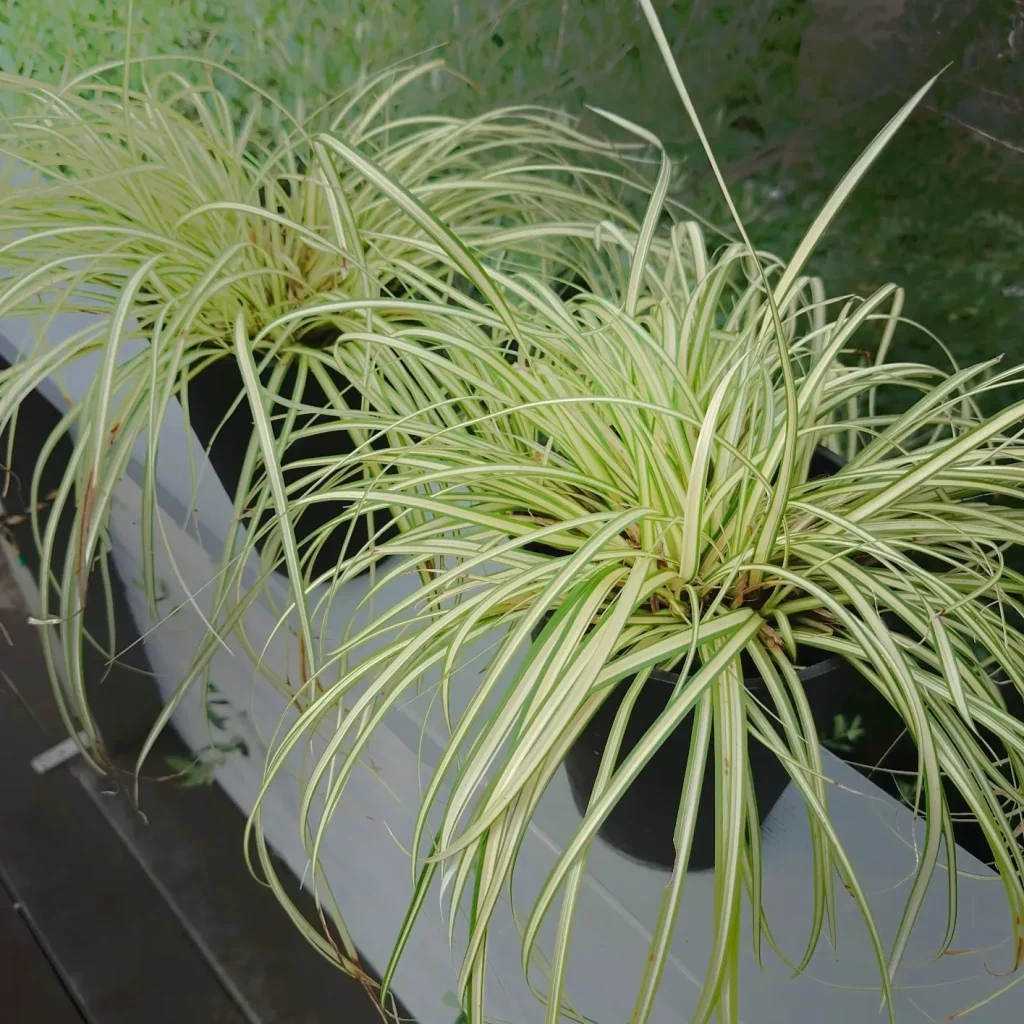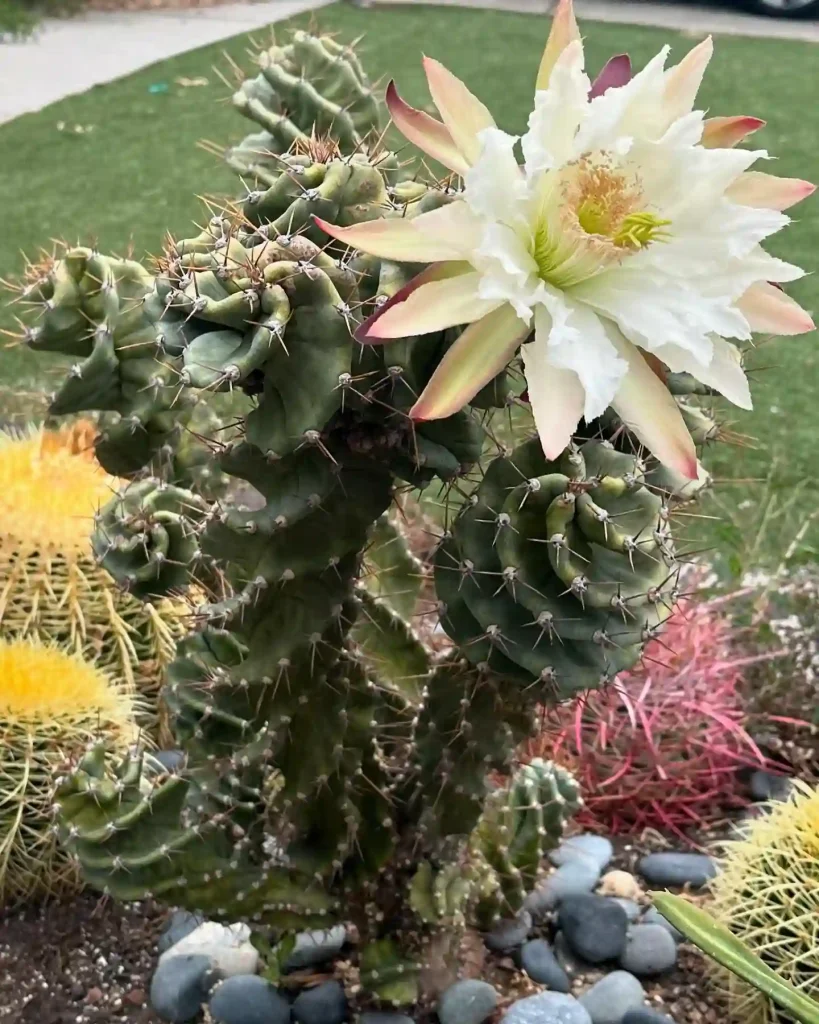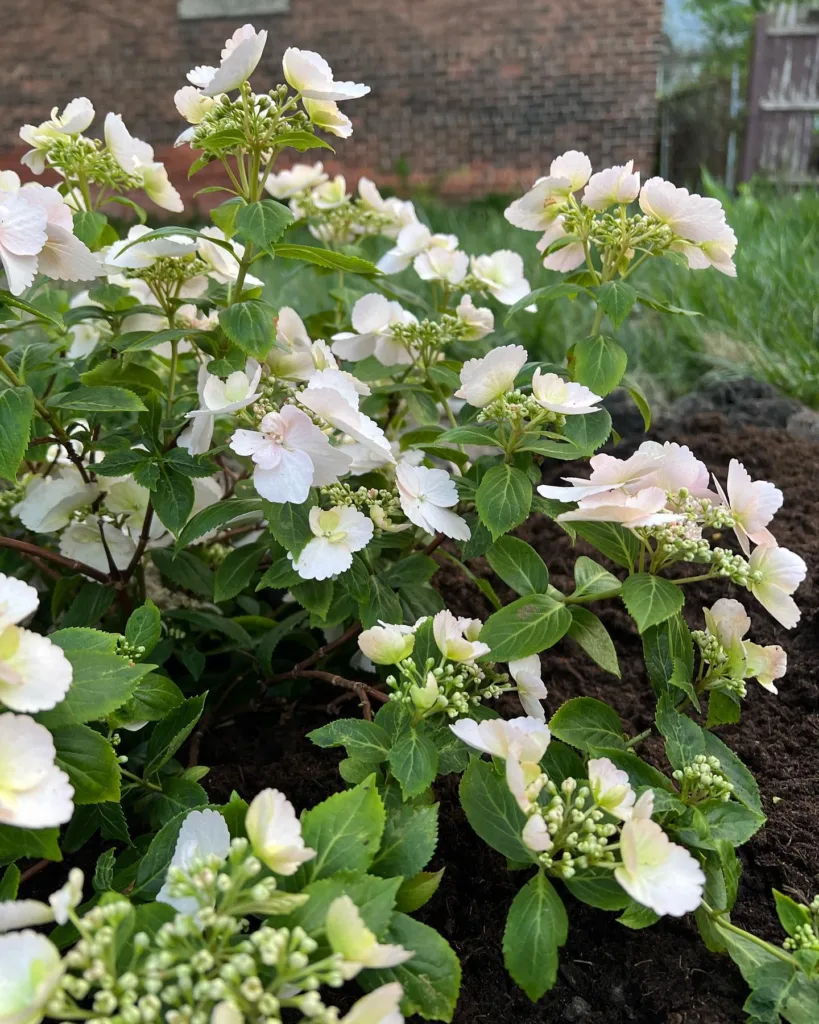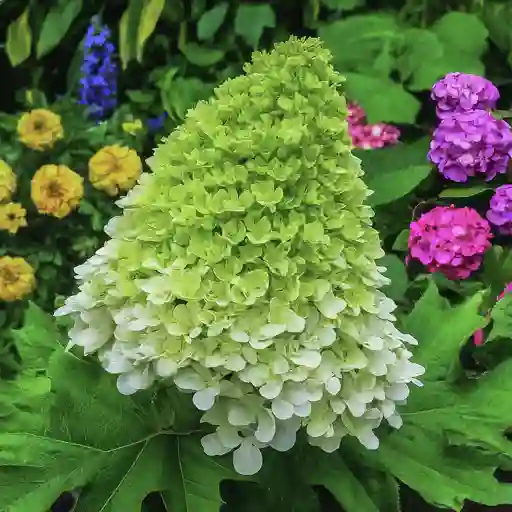
What is Ceiba Speciosa? Where is Ceiba Speciosa From?
Ceiba Speciosa, commonly known as the Silk Floss Tree, hails from the tropical regions of South America. Native to countries like Brazil, Argentina, and Paraguay, this majestic tree thrives in the warm, humid climates typical of these areas. Its native habitat provides a clue to its care requirements and overall behavior in non-native settings.
Ceiba Speciosa is a large, deciduous tree renowned for its striking appearance. It can reach heights of up to 50 feet, making it a prominent feature in landscapes where it is planted. Its most distinctive feature is the thick, spiny trunk, which helps the tree survive in its native arid regions. During the fall, the tree showcases a spectacular display of large, pink to purple flowers, followed by fluffy seed pods that resemble cotton.
19 Species in Genus Ceiba
How to Care for Ceiba Speciosa?
Caring for Ceiba Speciosa involves understanding its tropical roots and providing suitable conditions. It thrives in full sun, so choose a spot with ample sunlight. The tree prefers well-drained soil, as it does not tolerate waterlogged conditions. Watering should be done regularly, especially during dry periods, but be cautious not to overwater.
In terms of temperature, Ceiba Speciosa is not frost-tolerant. If you live in a region that experiences cold winters, it might be best to plant it in a large pot that can be moved indoors during the colder months. Additionally, this tree benefits from occasional pruning to maintain its shape and remove any dead or diseased branches.
How to Propagate Ceiba Speciosa?
Propagation of Ceiba Speciosa is typically done through seeds. Collect the fluffy seed pods when they are dry and open, and remove the seeds. Soak the seeds in water for about 24 hours before planting. Use a well-draining potting mix and sow the seeds about an inch deep. Keep the soil moist and warm, and the seeds should germinate within a few weeks. Once the seedlings are strong enough, they can be transplanted into larger pots or directly into the ground.
Can You Grow Ceiba Speciosa Indoors?
Growing Ceiba Speciosa indoors can be challenging due to its large size and specific light requirements. While it is possible to grow it in a container, the tree needs a lot of space and light to thrive. A sunny, south-facing window is ideal, but even then, the tree may not reach its full potential indoors. For most indoor gardeners, it might be better to grow a smaller, more manageable plant that suits indoor conditions better.
Is Ceiba Speciosa Toxic?
Ceiba Speciosa is generally not considered toxic to humans or pets. However, its large seed pods and spiny trunk can be a concern. The seed pods, while not harmful, can be a choking hazard if ingested. The thorns on the trunk can cause injury if handled improperly. Always use caution and keep the tree in a safe place, especially if you have young children or pets.
Benefits of Ceiba Speciosa
The Ceiba Speciosa offers several benefits beyond its stunning appearance. Its large, spreading canopy provides excellent shade, making it a great choice for creating cool outdoor spaces. The tree’s flowers attract pollinators like bees and butterflies, contributing to local biodiversity. Additionally, its unique seed pods can be used in craft projects, adding an element of creativity to its maintenance.
Common Problems with Ceiba Speciosa
One of the most common issues with Ceiba Speciosa is its susceptibility to pests such as scale insects and aphids. Regularly inspecting the tree and treating it with appropriate insecticides or natural remedies can help manage these problems. Additionally, the tree’s large size and rapid growth can sometimes lead to structural issues if not properly supported or pruned.
Compare with Other Similar Trees
Ceiba Speciosa is often confused with the related Ceiba Pentandra, known as the Kapok tree. While both trees share similar characteristics, such as their large size and impressive seed pods, Ceiba Pentandra typically has a taller, more slender trunk and different flower coloration. Another tree sometimes compared to Ceiba Speciosa is the Bombax tree, which also features a spiny trunk and large flowers, but it tends to have a more tropical appearance and grows in slightly different environmental conditions.
In conclusion, Ceiba Speciosa is a fascinating and visually stunning tree that can make a dramatic statement in any garden. Understanding its origins, care requirements, and potential problems can help you successfully grow and enjoy this remarkable plant. Whether you’re looking to add a touch of the tropics to your landscape or simply want to appreciate its beauty, the Silk Floss Tree is a wonderful choice.
If i die, water my plants!



